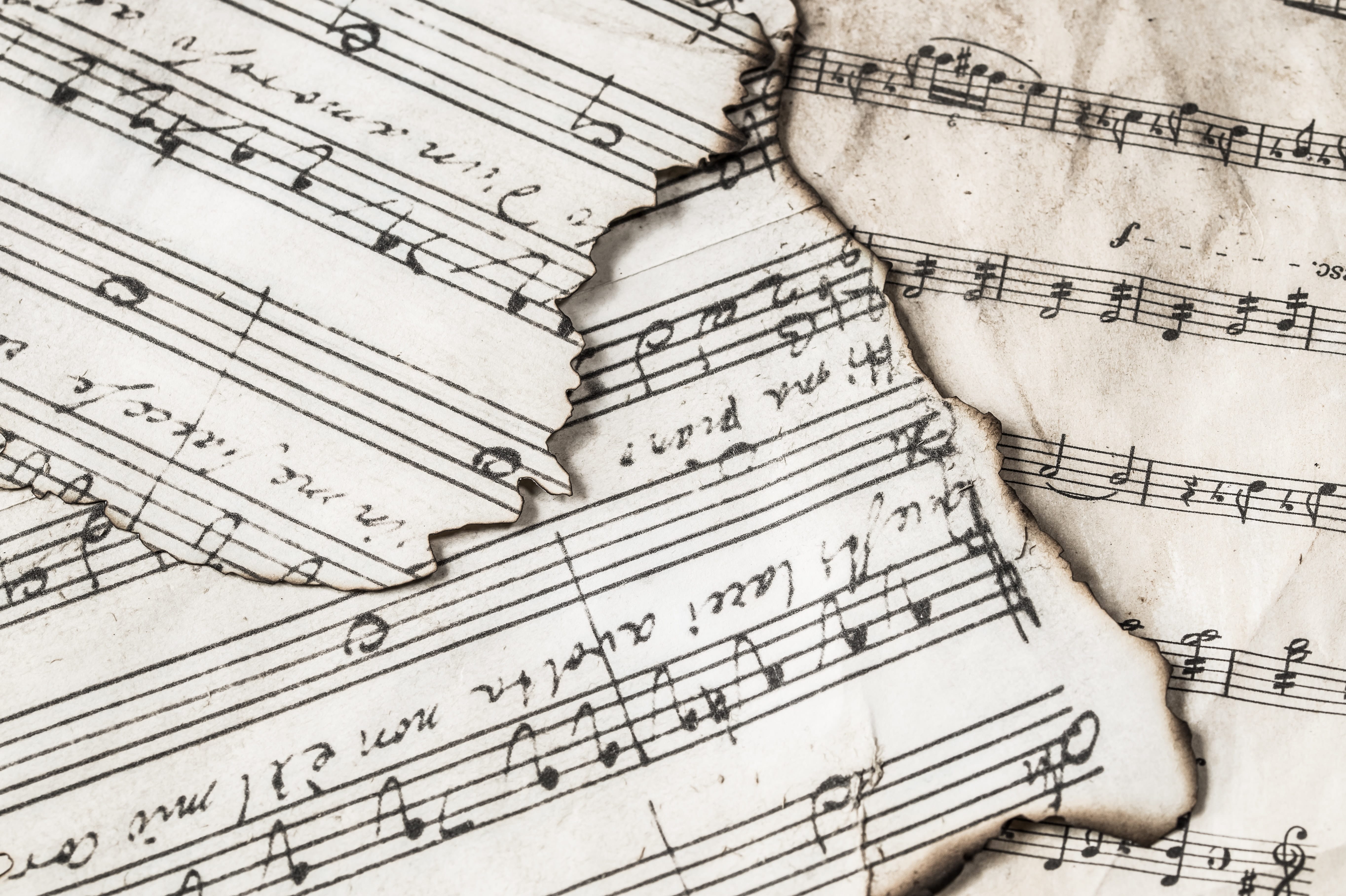
5 Steps to Learn How to Sight-Read Music
21 Sep 2018Have you ever taught yourself how to do something? If you have, then you know how hard it is to continue to motivate yourself. When you are in school, you have teachers that take up homework and give you a bad grade if you don’t finish on time. When you are working, you have a boss that gives you a deadline and will make your life miserable if you keep missing that deadline! But, when you are teaching yourself, who cares if you do not keep up with your practice?
In this article I will lay out five key steps to successfully learn, and discipline yourself enough, to sight-read. There are some hurdles, but, as a self-taught musician, I do believe you can do anything you put your mind to.
1. Start Simple
We tend to be an impatient people, and with that impatience we would like to be good at things instantly. The unfortunate truth is, that most musician’s just are not good immediately. We need to start at a manageable place, and work our way up from there. When you are meeting with a motivational speaker, one of the things they tell you is that successful people set reasonable goals.
My point is this, don’t try to start sight-reading by learning Bach’s Fugue in G Minor, that’s ridiculous. Instead, start with Mary Had a Little Lamb. Or some simple Rock. Maybe try the Beatles Eleanor Rigby, or Scott Joplin’s The Entertainer (The simplified version). When you start with a reasonable goal, you can work your way up in time.
2. Practice
Did you know that the Beatles practiced for hours upon hours at bars, getting booed off the stage before they came to America? Or, did you know that Bill Gates stayed up night after night programming before he invented Microsoft? Or, did you know that Beethoven’s father forced him to play day after day before he became a success? The one thing these very successful people all had in common, is that they practiced a whole bunch! Malcom Gladwell says in his book Outlier, that we need approximately 10,000 hours of practice in a subject before we are experts in that subject.
It may seem pointless to keep trying and failing, but the more you try, you will see that things that were impossible seem plausible with time, things that seemed implausible, seem doable with time, things that seemed difficult, will be elementary with time. They do say that time is the great equalizer right?
3. Switch it up
Do not, I repeat, do not practice one piece over and over again, and then believe you have mastered sight reading. This step is one of the most important steps, because if you do not switch it up, you will build muscle memory instead of the skill that sight-reading requires. It may be hard to find so many different pieces to practice, but there is a plethora of different pieces out on the world wide web. Check out noteflight which contains user created scores. You may scoff at the idea of user created scores, but some of them are actually fantastic. Also look at musescore which has more user generated scores.
Do not make excuses, switch it up. Do a new piece every day if you have to.
4. Practice More
The heading says it all. Do not stop practicing! Set aside at least 1 hour every day to practice reading new sheet music. One day, you will find that the music is becoming more intuitive.
5. Give Yourself Time
A lot of people tend to beat themselves up if they do not reach their goals immediately. Don’t worry, nobody is perfect. One thing you can do to keep track of your progress is record yourself playing a new piece at the beginning of the week. Then, each week record yourself playing a new piece. It will encourage you very much if you are practicing all the steps above and seeing the improvement!
Conclusion
All in all, sight-reading is a difficult thing to do, but with time and practice, anyone can do it. Just have fun in the process, and continue to find enjoyment out of music, because it is a beautiful past-time, or full-time, hobby. Notice how I didn’t include anything about Music Theory in these steps? Just learn how to read music, and then keep playing. You can learn about the theory later, but it is not necessary to be able to sight read.
I would definitely recommend learning how music progresses using Theory in the future, because everything you play will become much more intuitive. Anyways, enjoy your time learning!